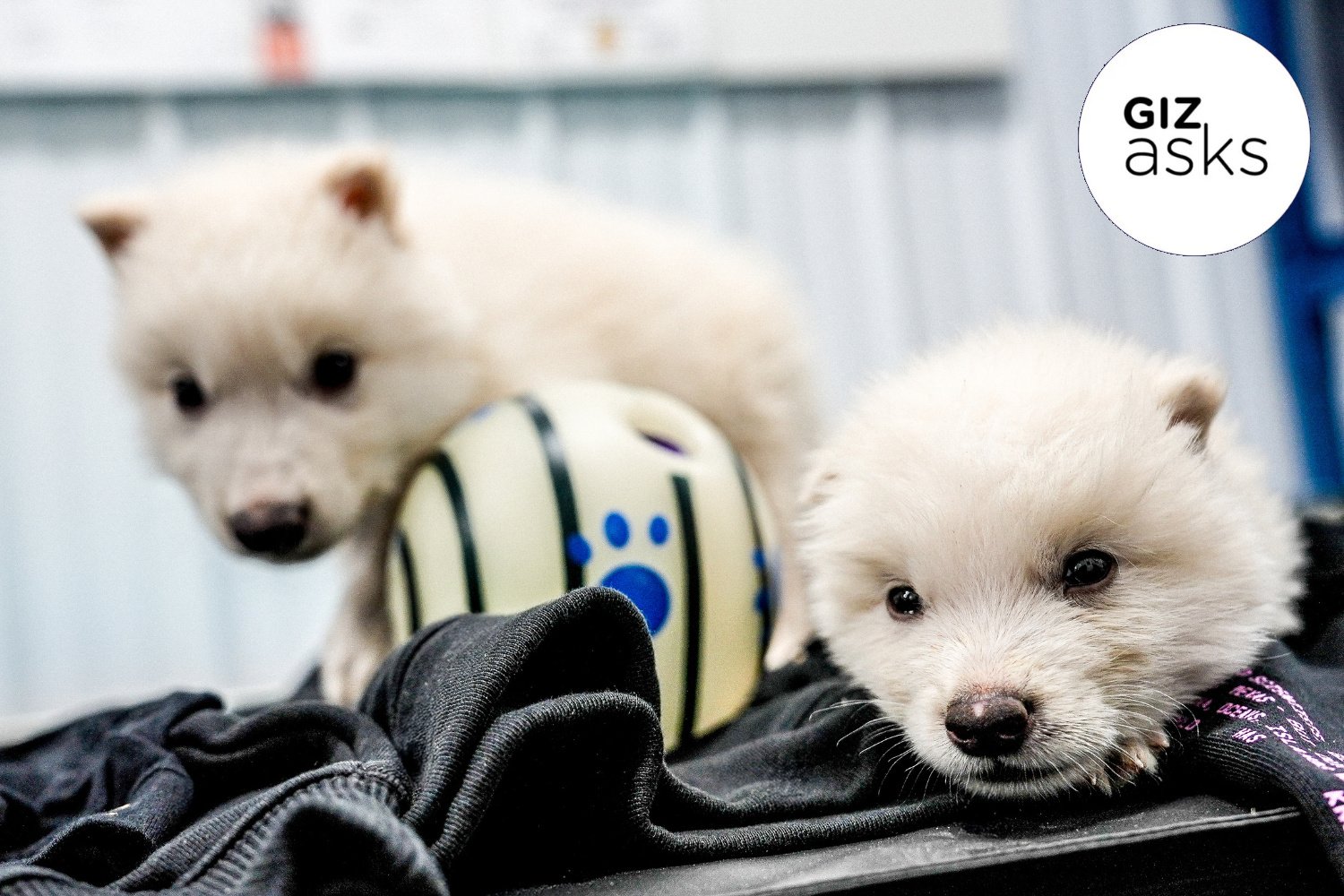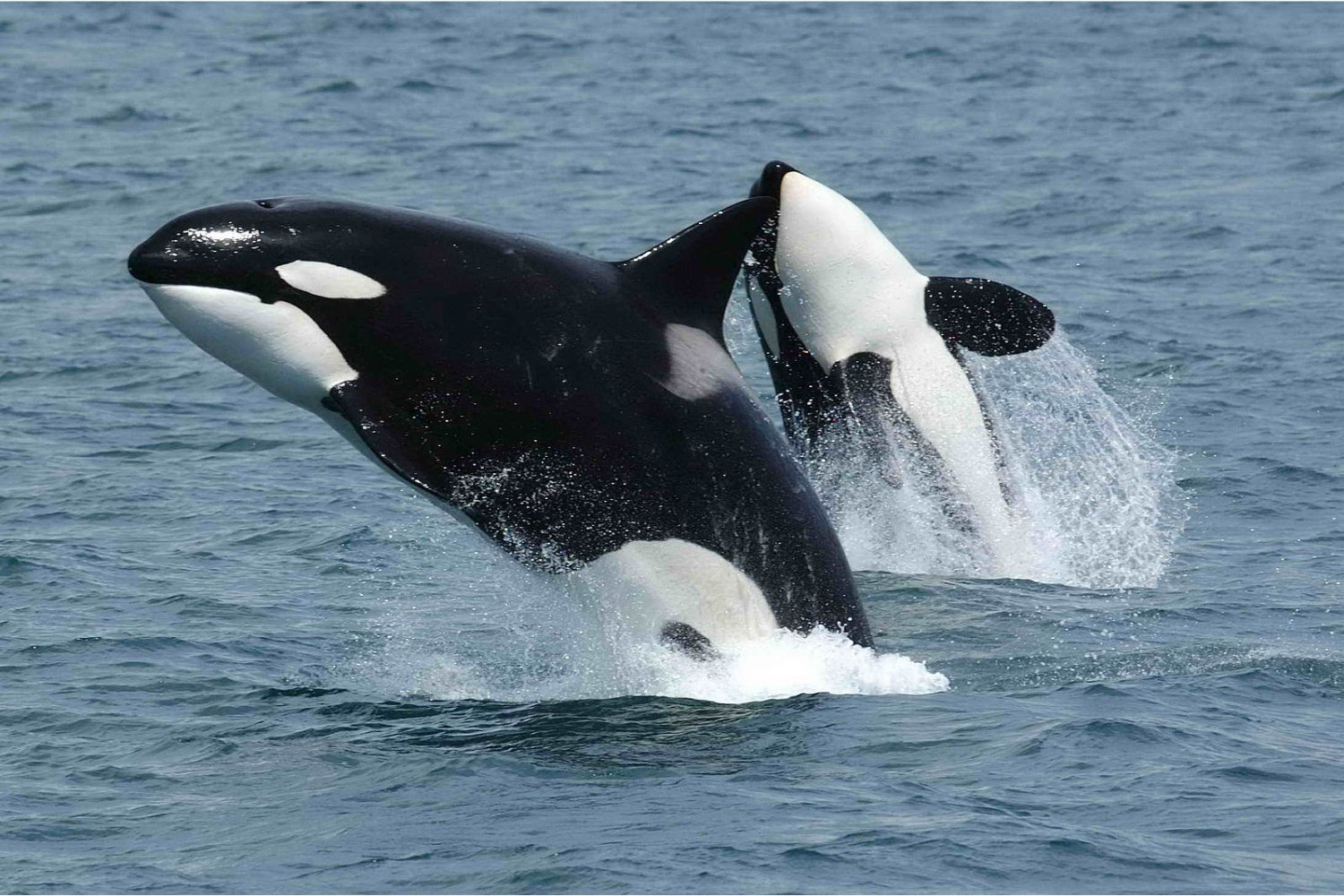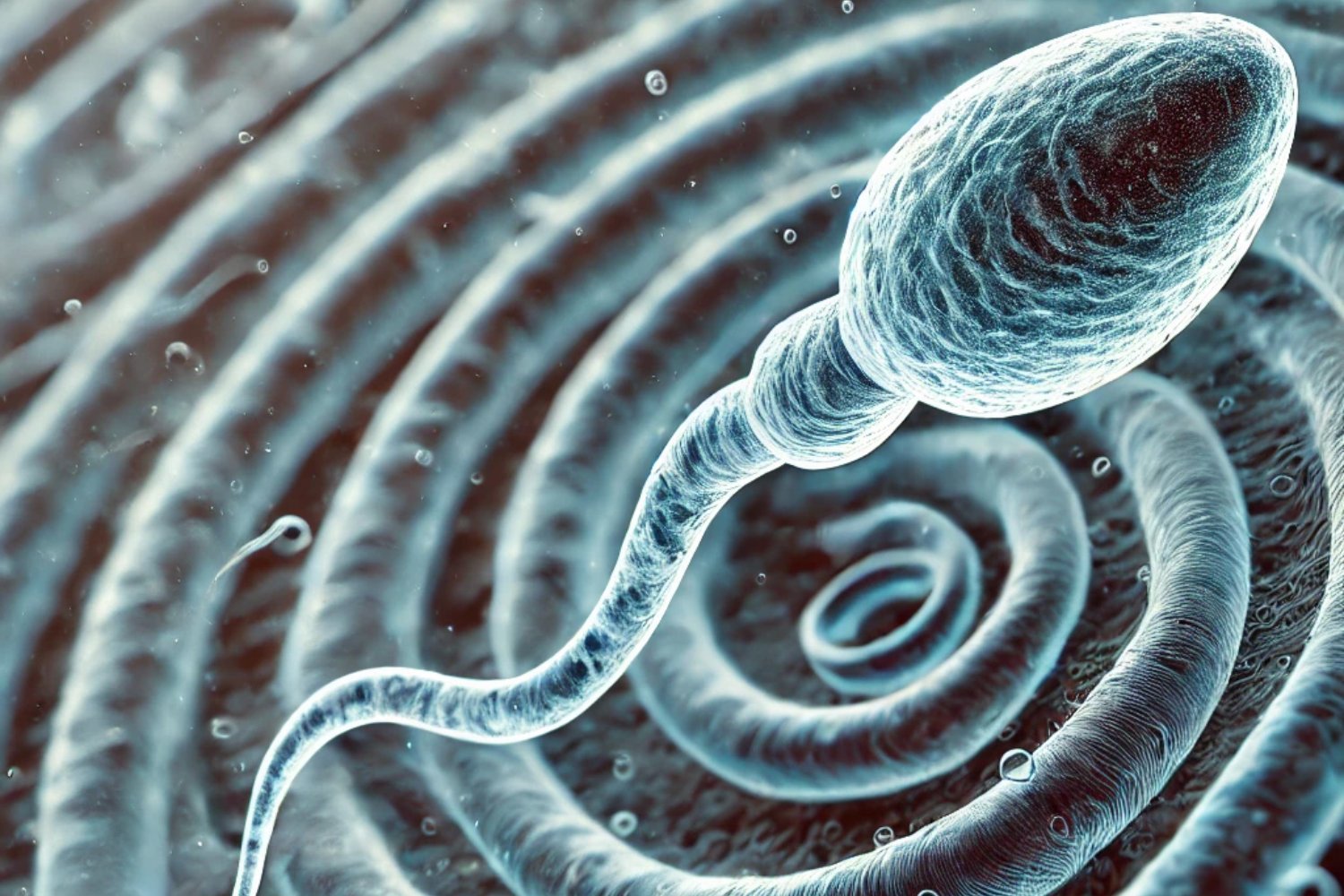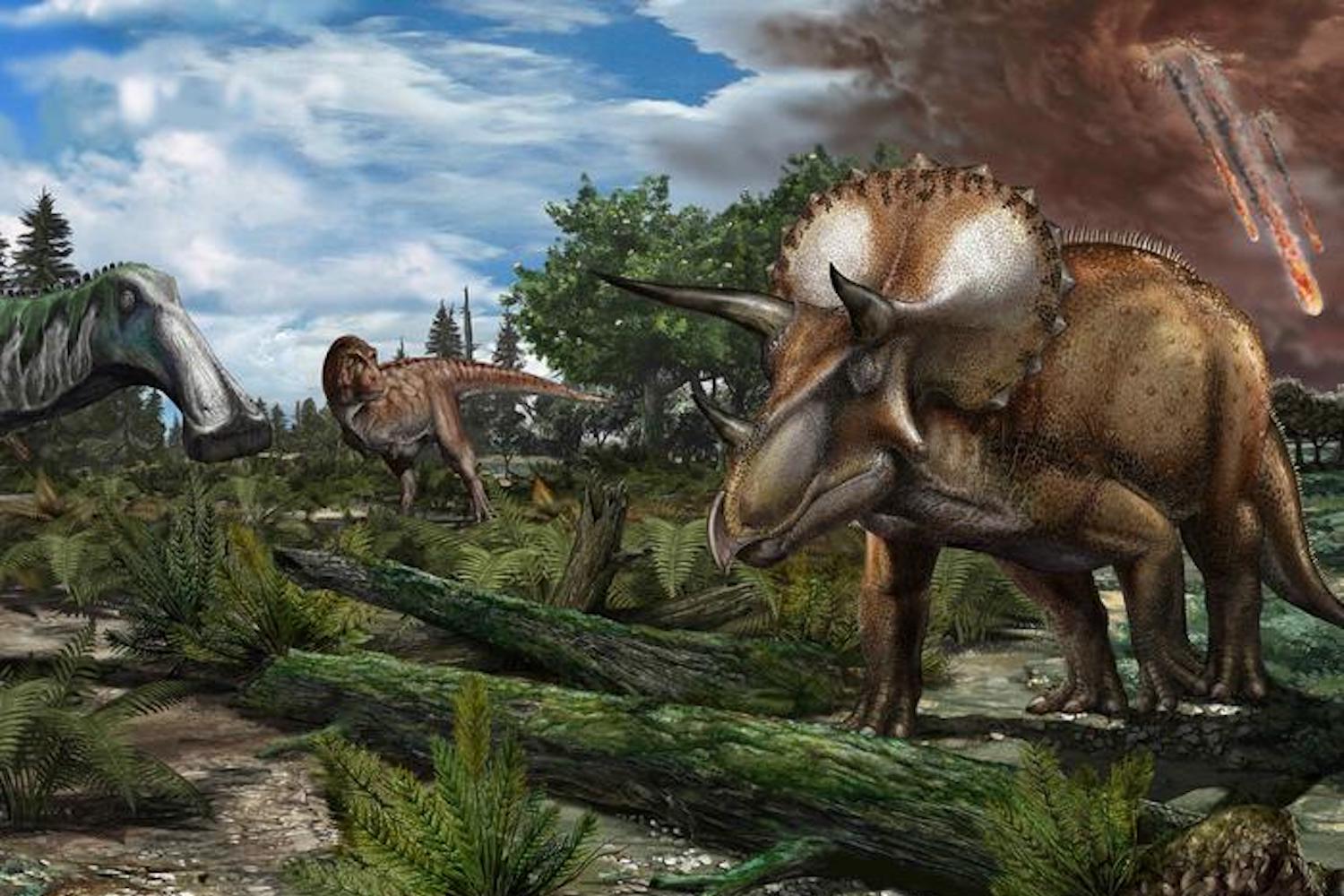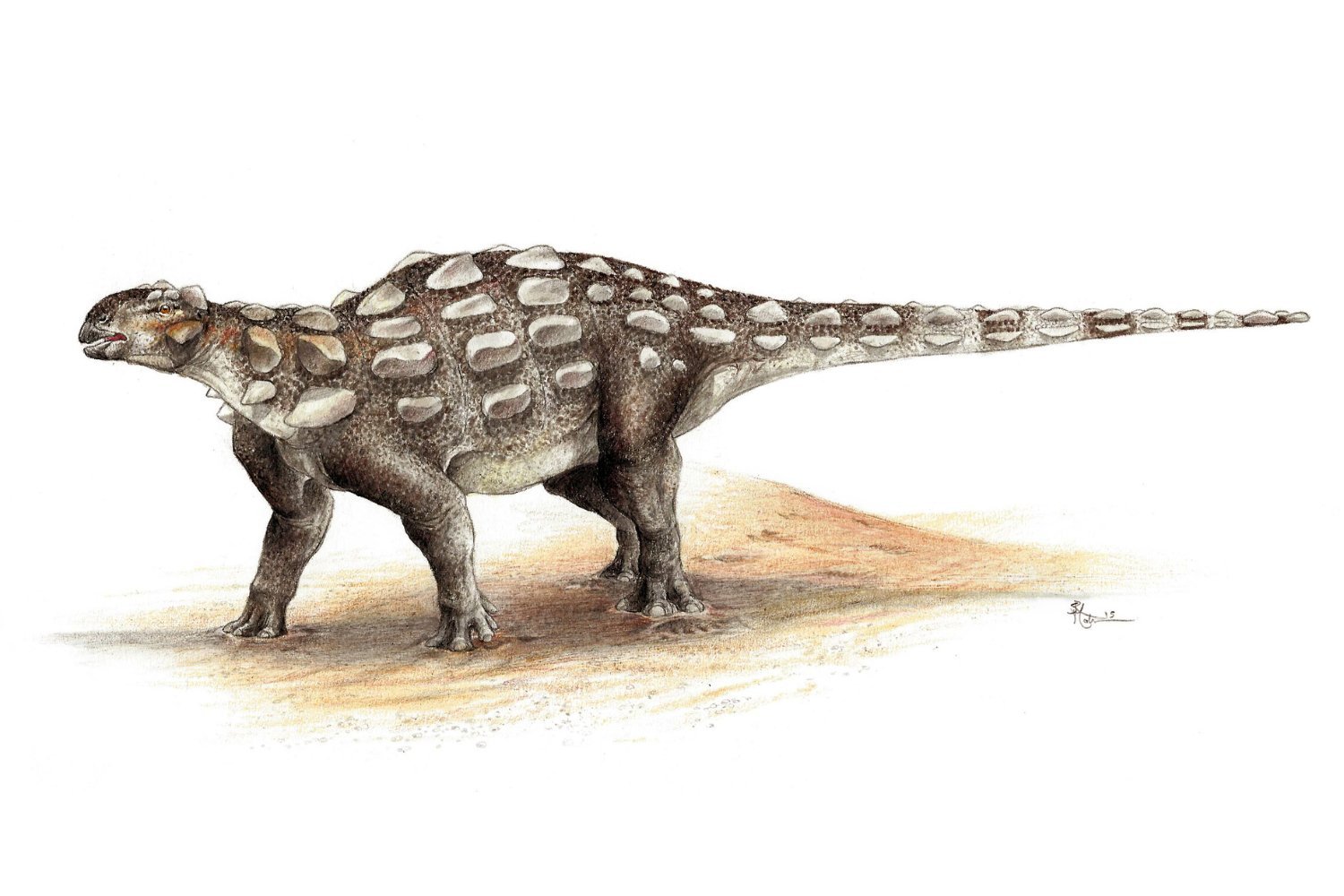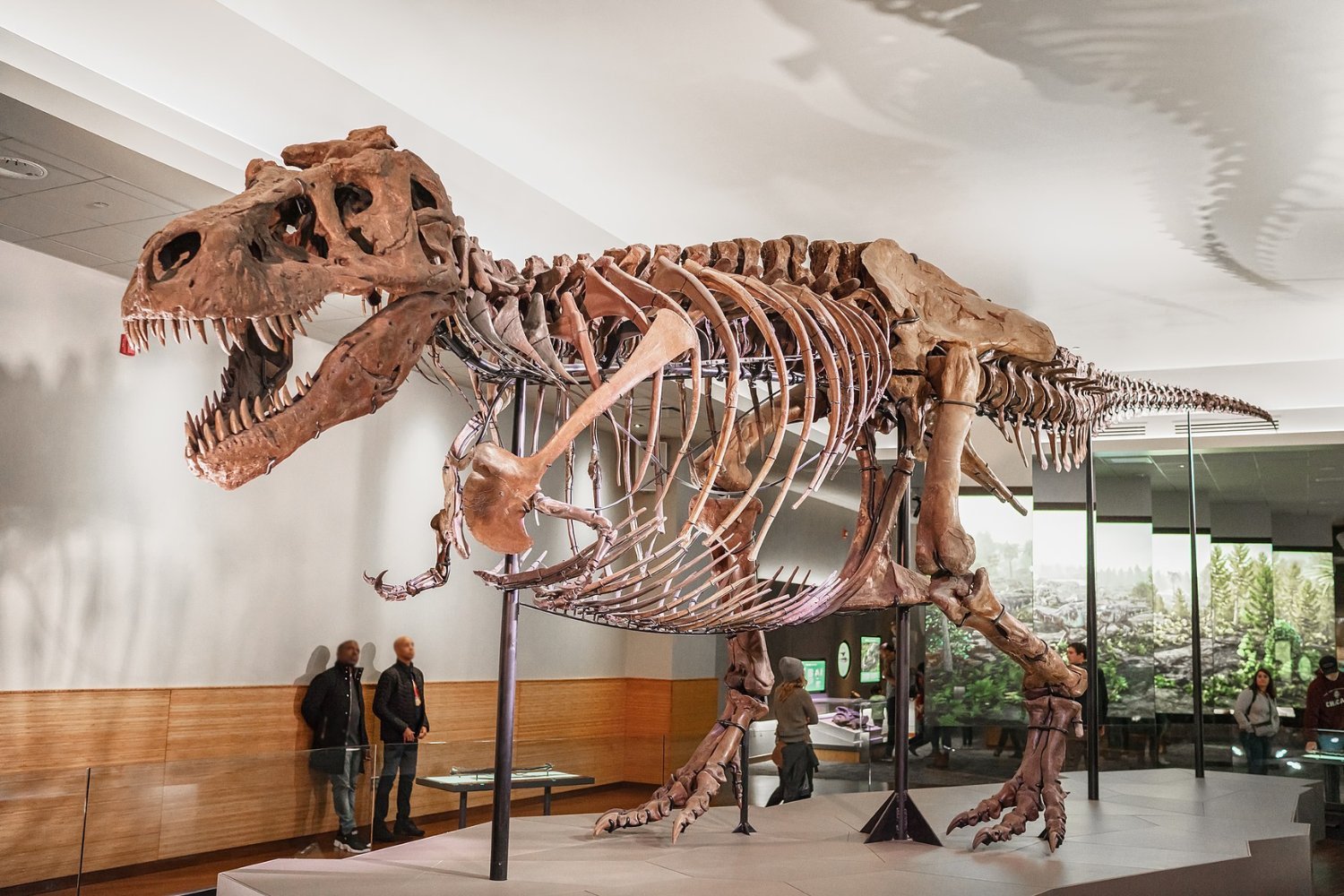The scientific community is buzzing after Colossal Biosciences announced the birth of three wolf pups, Romulus, Remus, and Khaleesi, carrying revived dire wolf traits. This groundbreaking achievement, announced earlier this week, marks a significant step forward in genetic engineering and has sparked discussions about the possibilities and implications of “de-extinction.”
Colossal’s approach, termed “functional de-extinction,” involved editing the DNA of gray wolf cells to incorporate specific genetic markers found in ancient dire wolf DNA. These modified cells were then used to create embryos implanted in surrogate dogs, resulting in pups exhibiting physical characteristics resembling the extinct dire wolf.
However, this achievement has also generated debate about whether these pups can truly be considered dire wolves. While Colossal emphasizes the successful restoration of key dire wolf traits, some scientists argue that the limited number of genetic edits (20 in total) isn’t sufficient to fully bridge the genetic gap between modern wolves and their extinct relatives.
Dire Wolf Revival: Fact or Fiction?
Experts in paleobiology and related fields offer varying perspectives on Colossal’s claim. Some applaud the technological feat while questioning the use of the term “de-extinction.” Others express concern that focusing on recreating extinct species may divert attention from conserving existing endangered species.
Dr. Anders Bergström, a biologist specializing in canine evolution, acknowledges the technical impressiveness of Colossal’s genetic modification but argues that 20 edits are insufficient to replicate the complex biology of a dire wolf. He points out that millions of genetic differences exist between gray and dire wolves, and while many may be neutral, thousands, perhaps hundreds of thousands, of edits would likely be necessary to truly recreate a dire wolf.
Conservation biologist Dr. Phil Seddon, while critical of the term “de-extinction,” highlights the value of the developed genetic engineering techniques. He suggests these techniques could be applied to reintroduce lost genetic diversity into existing endangered species, offering a more impactful contribution to conservation efforts.
A Breakthrough in Genetic Engineering with Conservation Implications
Dr. Bradley Shaffer, a distinguished professor at UCLA, recognizes Colossal’s accomplishment as a breakthrough in gene editing but cautions against prematurely declaring the project a complete success. He points out that the scientific community awaits peer-reviewed publications to fully assess the nuances of the techniques employed.
Colossal’s Chief Science Officer, Dr. Beth Shapiro, defends the project, emphasizing its broader implications for conservation. She argues that the focus should be on restoring lost ecological functions and enhancing biodiversity, not on creating perfect genetic replicas. Shapiro highlights the successful cloning of endangered red wolves using similar technology as evidence of the positive impact of this research on conservation efforts.
A Symbol of Hope for the Future of Conservation?
The “dire wolf” project sparks a crucial conversation about the role of genetic engineering in conservation. While the debate surrounding the definition of “de-extinction” continues, the technological advancements achieved by Colossal Biosciences hold immense potential for both reviving lost traits and bolstering the genetic diversity of existing endangered species. This achievement offers a glimmer of hope in the face of ongoing biodiversity loss and inspires further exploration of the possibilities within genetic engineering for conservation.



